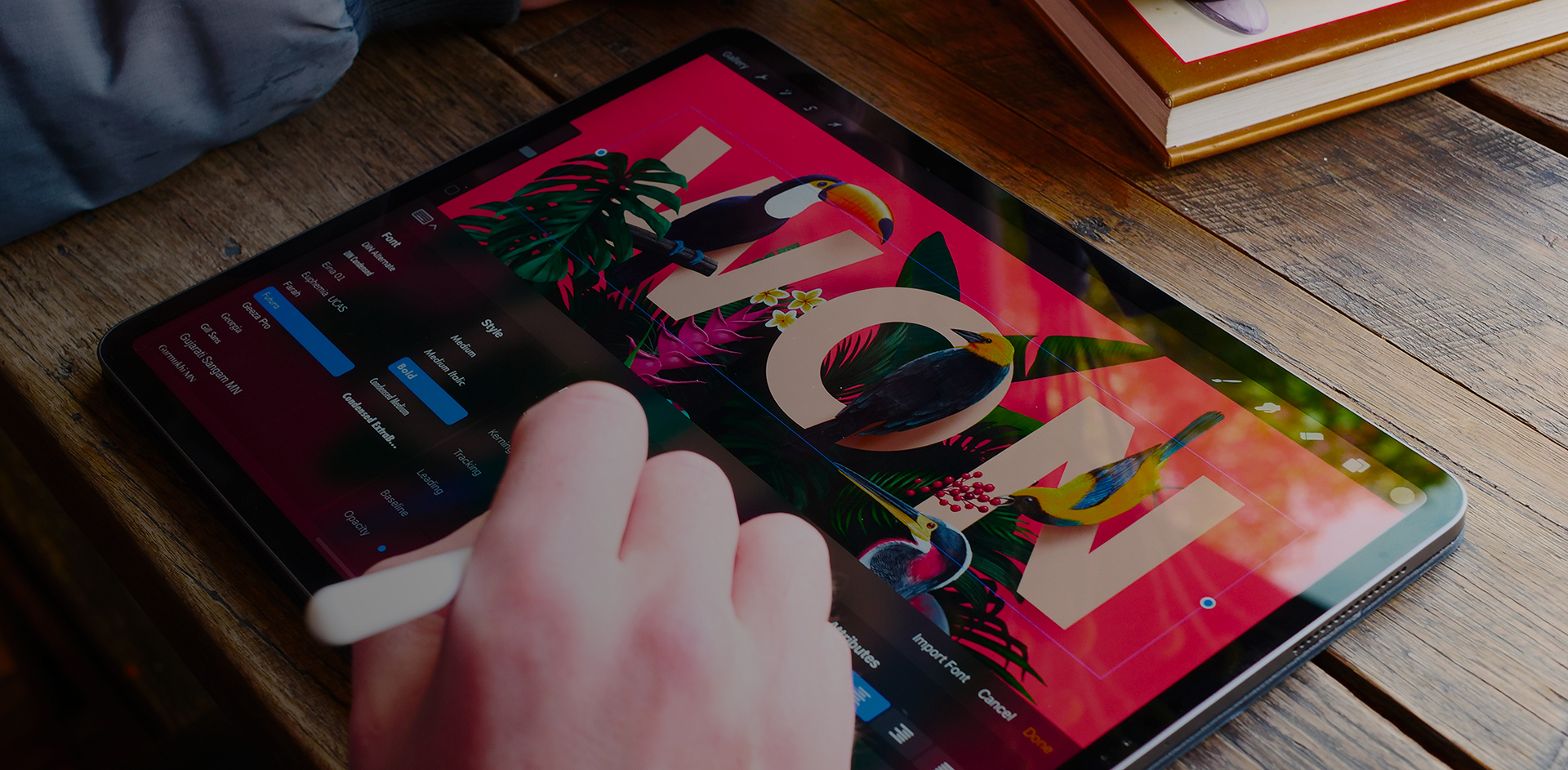Essential Architectural Tools for Beginners: An In-Depth Guide
Aspiring architects embark on a journey that marries creativity, precision, and the mastery of various tools. Just as an artist relies on their brushes and a musician cherishes their instruments, architects have a toolkit that forms the backbone of their profession. Whether you’re a student or an emerging architect, comprehending these tools is paramount for your growth. In this comprehensive guide, we’ll delve into the fundamental tools that every aspiring architect should have in their arsenal.
Sketching Tools: Bringing Imagination to Life
Drafting Pencils and Pens: The Language of Lines
Drafting pencils and pens serve as an architect’s communicative conduit. They transfer ideas from the mind onto paper, giving life to the initial stages of design. Pencils with varying lead grades enable different line thicknesses, while fine-tipped pens ensure precise and clean drawings.
Drafting Pencils and Pens: The Language of Lines
Graph paper and sketchbooks become the haven for architectural inspiration. Graph paper’s grid structure aids in maintaining proportions, while sketchbooks provide an open arena for boundless creativity. These tools offer a tangible space for your ideas to take their first tangible form.
Measuring and Layout Tools: Craftsmanship in Precision
Architect's Scale: Scaling the Visions
The architect’s scale acts as the guardian of accurate measurement representation on paper. It simplifies the process of converting real-world dimensions into a manageable scale, helping you visualize how spaces and elements interact.
T-Square and Triangle Set: Crafters of Straight Lines and Angles
A T-square and triangle set stand as architects’ companions in crafting precision. The T-square ensures immaculate straight lines, while the triangles assist in creating angles of various degrees, enabling the meticulous depiction of architectural elements.

Technical Drawing Tools: Blueprinting the Imagination
Compass and Protractor: Curves and Circles
Compasses and protractors extend your drawing capabilities beyond linear boundaries. The compass facilitates drawing curves and circles, while the protractor aids in accurately reproducing angles. These tools are indispensable for intricate architectural detailing.
French Curve: Curvature with Elegance
The French curve emerges as a graceful tool for drawing intricate curves. It finds its place in sketching irregular shapes that demand a smooth transition between curves and straight lines.
Digital Tools: Modernizing Architectural Workflows
Computer-Aided Design (CAD) Software: Precision in Pixels
3D Modeling Software: Breathing Life into Designs
3D modeling software offers the platform to bring your designs into three-dimensional existence. This technology grants a lifelike preview of how spaces will manifest upon realization, serving both visualization and communication purposes.
Presentation Tools: Articulating Your Vision
Foam Core Boards and Mounting Adhesives: Visualizing Concepts
Foam core boards and mounting adhesives elevate your presentations to a professional level. Transform your sketches and drawings into tangible, portable showcases for client meetings and design evaluations.
Digital Presentation Software: Enriching Visual Narratives
Software like Adobe Creative Suite empowers you to enhance designs with polished graphics, layouts, and visual enhancements. Whether you’re constructing project presentations or curating portfolios, these tools captivate your audience.
Safety Gear: Constructing with Protection
Safety Glasses and Ear Protection: Prioritizing Well-Being
Safety glasses shield your eyes from debris and dust, promoting a secure workspace. Ear protection defends against high decibel levels on construction sites, preserving your auditory health.
Dust Mask and Gloves: Safeguarding Health
When handling construction materials or navigating sites, donning a dust mask and gloves is a safeguard for your well-being. They shield you from harmful particles and substances, promoting both safety and hygiene.
FAQs: Essential Architectural Tools for Beginners
realistic view of the final outcome.
In Conclusion
Emerging architects wield an array of tools, ranging from traditional sketching implements to cutting-edge digital software. These tools extend their creative expression and precision, enabling them to translate their ideas into tangible designs. By comprehending the significance of each tool, architects can confidently navigate the intricate realm of architectural creation and contribute to shaping the built environment.

